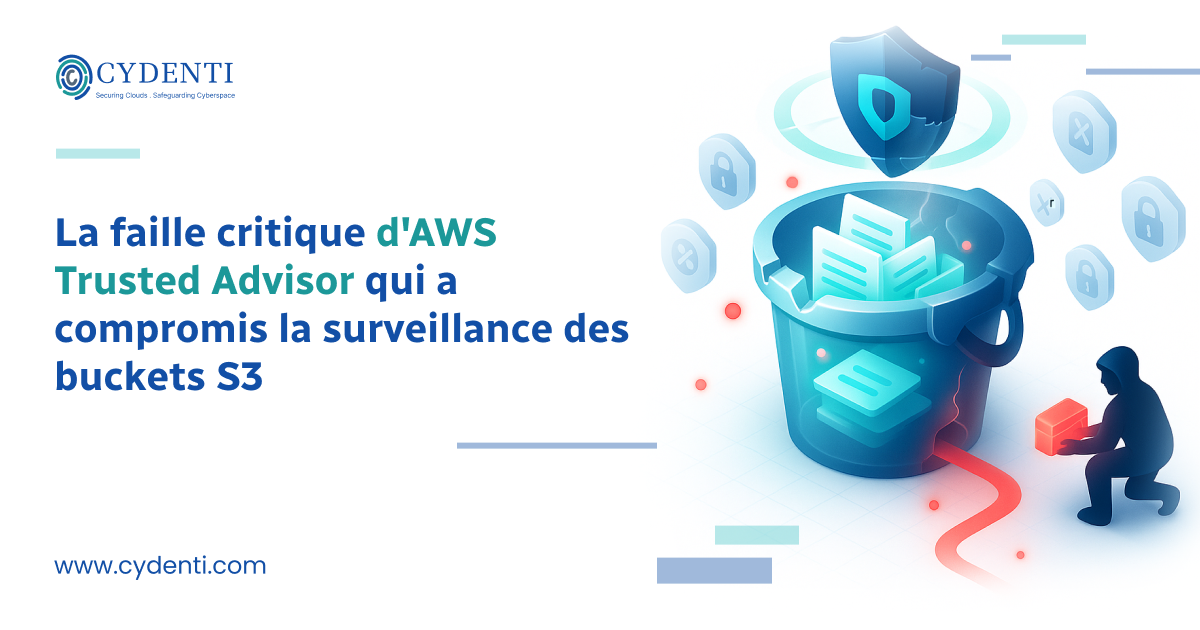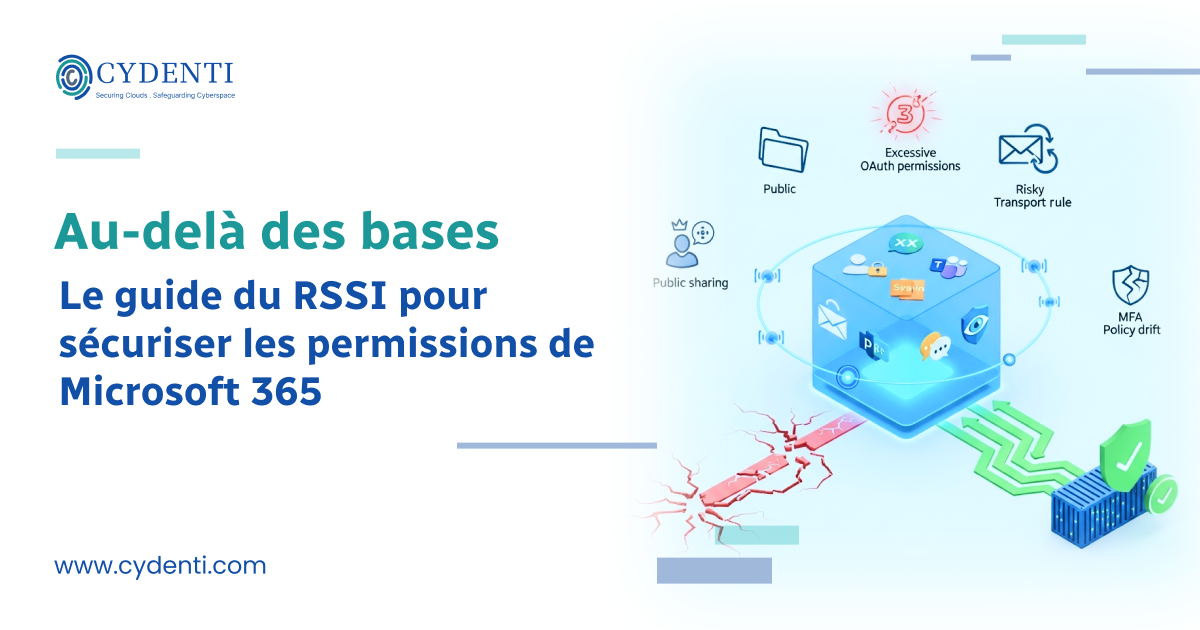Critical AWS Trusted Advisor Flaw Compromised S3 Bucket Monitoring
In an ever-evolving cybersecurity landscape, vulnerabilities like the recent AWS Trusted Advisor flaw are a reminder of how critical robust monitoring tools are. Discovered by researchers at Fog Security, this AWS S3 vulnerability allowed potential attackers to mask the risks of public access to S3 buckets, opening the door to undetected data leaks.
Whether you’re looking for information on « AWS Trusted Advisor security issues » , « S3 public access bypass » , or « cloud storage vulnerabilities 2025 » , this comprehensive guide will shed light on the details, implications, and preventative measures.
What is the AWS Trusted Advisor vulnerability?
AWS Trusted Advisor is a key service designed to optimize AWS environments by providing real-time recommendations on best practices, including security checks for Amazon S3 buckets.
However, a significant flaw—discovered in early 2025—allowed misconfigurations or malicious actors to prevent the tool from properly detecting publicly exposed S3 buckets.
This « S3 security vulnerability » misled Trusted Advisor, which flagged unsafe buckets as safe or ignored. This raises serious concerns about « cloud data exposure risks » and « exploits related to S3 bucket misconfigurations . «
The problem stemmed from the fact that attackers could block certain S3 API actions, such as s3:GetBucketAcl, that the tool relies on for its assessments. While this didn’t directly provide unauthorized access, it created a blind spot in security monitoring—a scenario reminiscent of past incidents, such as the 2021 Premier Diagnostics medical data breach caused by unprotected S3 buckets.
Timeline of discovery and fix
Understanding the timeline is essential to understanding the “AWS vulnerability timeline” and seeing how quickly a threat can evolve.
Fog Security’s research into how to bypass AWS security controls led to this discovery:
-
- Early May 2025 : Initial discovery and report submission to AWS via HackerOne.
-
- May 2, 2025 : Official submission of the vulnerability report.
-
- May 12, 2025 : AWS validates the issue and releases code changes.
-
- End of May 2025 : Partial rollout of the patch in some regions, with updated Trusted Advisor controls.
-
- June 10, 2025 : Notifications sent by email to affected customers.
-
- June 13, 2025 : Fog Security detects incomplete patches (e.g., ACL inconsistencies) and alerts AWS.
-
- End of June 2025 : Complete fix applied, without additional communication.
-
- August 15, 2025 : AWS updated public communication.
-
- August 20, 2025 : Coordinated disclosure via Fog Security blog and AWS announcements.
-
- August 21–22, 2025 : Extensive media coverage in SecurityWeek and Help Net Security.
This rapid response demonstrates AWS’s commitment to addressing « cloud security patches , » but also highlights the importance of proactive vulnerability hunting.
Technical Decryption: How S3 Bucket Bypass Works
For those searching for « S3 policy exploits » or « AWS API denial attacks » , the vulnerability relies on manipulating bucket policies to deny certain actions while maintaining public access.
Steps of the mechanism
-
- Blocking key APIs : Attackers could disallow actions like
s3:GetBucketPolicyStatus,s3:GetBucketPublicAccessBlockands3:GetBucketAcl, preventing Trusted Advisor from properly assessing risks.
- Blocking key APIs : Attackers could disallow actions like
-
- Public Access Configurations : Buckets could be configured to allow anonymous reads/writes via ACL or policies, for example granting
*ons3:GetObject.
- Public Access Configurations : Buckets could be configured to allow anonymous reads/writes via ACL or policies, for example granting
-
- False reports in Trusted Advisor : Affected buckets appeared as « green » (safe) or « ignored », with inaccurate summaries (e.g., no public listing was incorrectly reported).
Example of a vulnerable policy
Here is an excerpt illustrating the « S3 Public Access Vulnerability » :
{ "Version": "2012-10-17", "Statement": [ { "Sid": "PublicRead", "Effect": "Allow", "Main": "*", "Action": "s3:GetObject", "Resource": "arn:aws:s3:::example-bucket/*" }, { "Sid": "DenyChecks", "Effect": "Deny", "Main": "*", "Action": [ "s3:GetBucketPublicAccessBlock", "s3:GetBucketPolicyStatus", "s3:GetBucketAcl" ], "Resource": "arn:aws:s3:::example-bucket" } ] }
Since the fix, such configurations now trigger a « Warning » status , allowing users to identify « hidden S3 risks » .
Potential exploitation and actual implications
Looking for information on « AWS data exfiltration methods » or « insider threats in cloud storage » ?
This vulnerability required initial account access (e.g., via compromised IAM credentials), allowing attackers to:
-
- Create public buckets for data exfiltration.
-
- Hide detections to avoid alerts.
-
- Facilitate ransomware-like leaks involving compromised AWS keys.
The implications are serious: increased risk of data leaks, especially for organizations that relied solely on Trusted Advisor for their “cloud security monitoring . ”
Jason Kao of Fog Security pointed out that malicious insiders could exploit this flaw for undetected data theft — reinforcing fears around « internal S3 bucket exploits . «
AWS Response and Lessons Learned
AWS responded quickly with rolling fixes and customer notifications, including recommending a review of S3 permissions and sharing documentation on « blocking S3 public access . «
Despite some criticism regarding communication gaps, the fix ensures better detection of « Trusted Advisor false negatives . «
Best practices to avoid future vulnerabilities
To protect against “AWS 2025 S3 vulnerabilities” and strengthen your cloud security posture:
-
- Enable Block Public Access at the account and bucket level.
-
- Favor IAM policies over ACLs for more granular control.
-
- Use open source tools like Fog Security’s YES3 Scanner (available on GitHub) to detect exposed resources.
-
- Integrate additional monitoring via AWS Security Hub, CloudTrail, and GuardDuty.
-
- Regularly refresh Trusted Advisor checks and audit “ignored” buckets.
By applying these “S3 security best practices” , you will reduce risks and better anticipate emerging threats.
Conclusion: Stay vigilant about cloud security
The AWS Trusted Advisor vulnerability is a reminder of the complexity of “cloud vulnerability management . ”
Thanks to disclosures like Fog Security’s, the industry is moving toward stronger defenses.
To stay up-to-date on « AWS security updates » or similar issues, stay tuned to official AWS channels and cybersecurity media outlets.
If your organization uses S3, perform an audit now to verify that there are no residual exposures.
We help to Elevate your cloud defense with our integrated SaaS
Introduction to SaaS Security Posture Management (SSPM) – cydenti
Addy Sharma’s Post – AI Governance


